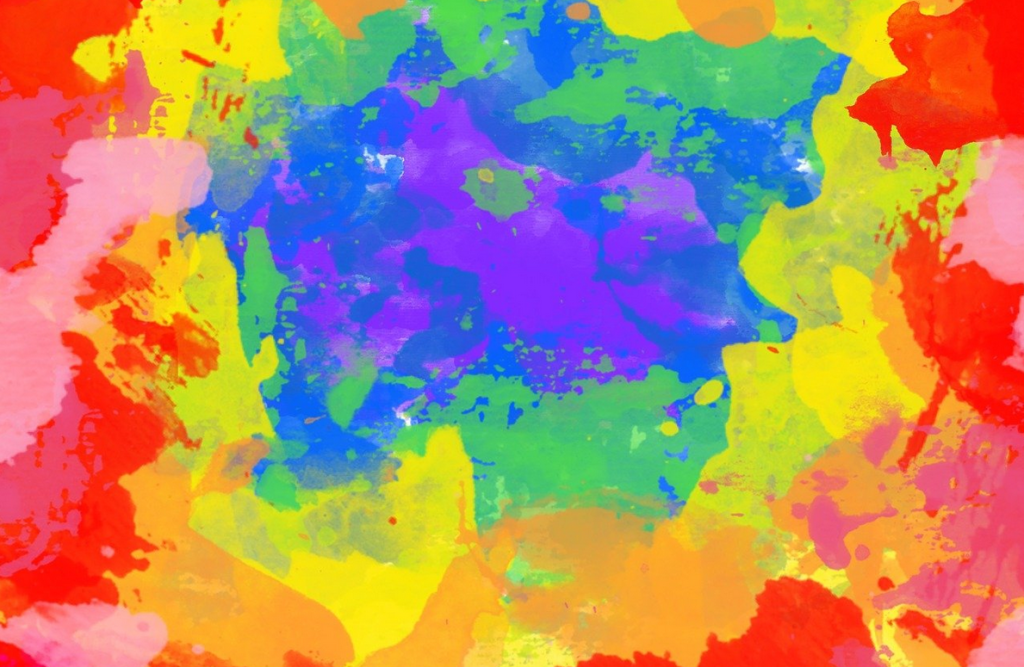The Food and Drug Administration (FDA) is expected to announce a decision in the next few weeks on whether to revoke approval for the dangerous artificial food color Red Dye No. 3 (Red 3) due to its allegedly carcinogenic properties. There is a resounding demand from consumer advocacy groups and lawmakers for federal regulators to ban the use of Red 3, a dye that infuses popular candies, foods, and drinks with bright red colors. Synthetic dyes became available in the 1900s. Early artificial colors were called “coal-tar” colors because the base materials were derived from bituminous coal. Today, most synthetic coloring comes from petroleum or crude oil.
https://activistpost.com/2024/12/why-are-we-feeding-our-children-food-made-from-petroleum.html
https://activistpost.com/2024/12/why-are-we-feeding-our-children-food-made-from-petroleum.html
The Food and Drug Administration (FDA) is expected to announce a decision in the next few weeks on whether to revoke approval for the dangerous artificial food color Red Dye No. 3 (Red 3) due to its allegedly carcinogenic properties. There is a resounding demand from consumer advocacy groups and lawmakers for federal regulators to ban the use of Red 3, a dye that infuses popular candies, foods, and drinks with bright red colors. Synthetic dyes became available in the 1900s. Early artificial colors were called “coal-tar” colors because the base materials were derived from bituminous coal. Today, most synthetic coloring comes from petroleum or crude oil.
https://activistpost.com/2024/12/why-are-we-feeding-our-children-food-made-from-petroleum.html
0 Comments
0 Shares
671 Views
0 Reviews




